How To Increase Hitting Power Stats Like Jose Altuve Swing With Fundamental Baseball & Softball Drills In 2022
Jose Altuve Hitting Analysis Reveals A Pathway To Repeatable Power
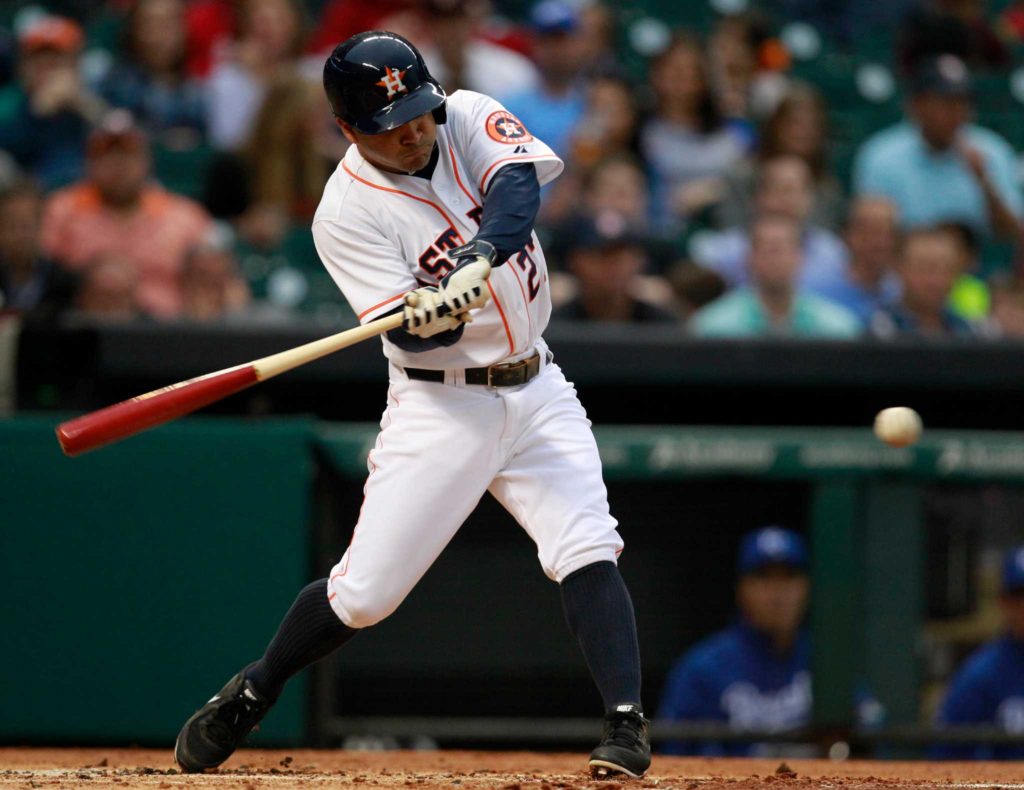
Look at Jose Altuve’s ‘bat lag’ and weight off the back foot. Photo courtesy: Melissa Phillip / Houston Chronicle
Learn how to increase hitting power stats like Jose Altuve swing with fundamental baseball and softball drills in 2022.
In doing Jose Altuve hitting analysis, here’s what I hear…
“Well, he’s a big hitter, that’s why he can hit for power”…
…Is the EXCUSE from coaches who’re removing any responsibility to help their smaller hitters hit the ball farther and harder.
Or, oftentimes I hear this about a hitter like Dustin Pedroia (5’9″, 175-lbs – these numbers are fudged “up” btw):
“He’s just gifted.”
Wa?!!
ALL Major Leaguers are GIFTED!!! lol
Tell me one physical advantage that Dustin Pedroia has over most…??!
Don’t say eye hand coordination or vision because that’s another common rebuttal.
There are countless other MLB hitters with the same superior eye-hand coordination and vision.
The reality is, smaller sluggers MUST be MORE effective, in order to compete with sluggers bigger than them.
SCIENCE-BASED TRAINING:
Improve your hitting strategy dramatically by applying human movement principles.
Learn not only how and what to train but also the science behind the methods.
Now, this Jose Altuve hitting analysis post isn’t about the ‘laser show’…however,
Standing in at 5’6″,
…and weighing in at a soaking wet 165-pounds, we’ll look at Jose Altuve (his height and weight numbers are a little closer to reality I think).
Although,
I do think Jose Altuve has one thing over the ‘laser show’, and that’s dancing (parental guidance is recommended 😉:
In this Jose Altuve hitting analysis video, we’ll go over:
- Jose Altuve stats,
- Presents of Forward Momentum (FoMo)?
- How well he dominates the plane of the pitch,
- Where his power comes from, and
- Does he practice Pitch Recognition?
FYI: the pitch Jose Altuve is hitting in the video analysis looks like an 87-mph FB straight down broadway, and it does look like he’s on-time.
Without further adieu, here are the notes for the…
Jose Altuve Hitting Analysis Stats (the averages of averages)
CLICK HERE for the FanGraphs.com post I pulled the following stats from*:
- ISO = +20 points
- BABIP = +34 points
- GB% = +4%
- LD% = +1%
- FB% = -6%
- HR/FB% = -3.5%
(*a (+) denotes how many points OR percentage points or above league average, and a (-) denotes below league average.)
Presents of Forward Momentum (FoMo)?
- Is FoMo present?
- Shifting foot pressure (mentioned landing with closed front foot), and
- Moving Center of Gravity (COG).
How Well he Dominates the Plane of the Pitch
- Knee Action – ‘getting shorter’ and ‘staying shorter’
- Barrel Plane – keeping barrel on plane for as long as possible
Where his Power Comes from…
- Showing numbers,
- Hiding hands from the pitcher,
- Hunch – Posterior Pelvic Tilt (PPT), and
- Down shoulders? (not so much here).
Does he Practice Pitch Recognition?
My friend Aaron Miles, who was small (5’8″, 180-lbs), and played 9 years in the Bigs, talks about how his High School coach was forward thinking…in that he did Pitch Recognition training with his troops, and Aaron’s coach said he had the best PR on the team.
My hypothesis in this Jose Altuve hitting analysis is that he does some sort of PR training, OR has a God given early pitch recognition ability that allows him to hit the ball so hard, so often.
Sure, according to this Jose Altuve hitting analysis,
…Altuve may not hit over 30 homers per year, but he sure will hit a boat load of doubles, which is just as good to contributing to team wins…just look at his above average (average) ISO and BABIP scores above!
- Best Youth Baseball Hitting Program to Boost Rotational Power Fast—Trusted by MLB’s Rajai Davis & Built on the Catapult Loading System - June 22, 2025
- The #1 Arm Care Program for Youth Baseball: Why Top Travel Coaches Trust Jaeger’s J-Bands & Long Toss Routine to Prevent Injury Fast - June 3, 2025
- Are Baseball Hitting Lessons Worth It in 2025? Fix Your Kid’s Swing Fast With Pro-Approved Drills (Before You Waste Another $60) - May 29, 2025

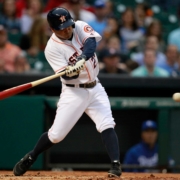

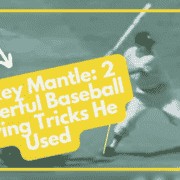

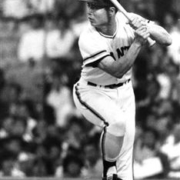
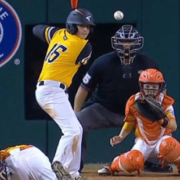


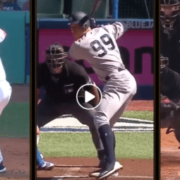



Joey,
Had a practice last week with the travel teams I help coach. A player I had on my summer team, who has now moved up to the 18u team, said that he had been working on his swing since we stopped played at the end of July. He said he wanted to hit like Jose Altuve (wouldn’t we all!).
He proceeded to show me how he was modeling his swing after Altuve with a leg lift. I noticed my player was striding into the plate in his stride. I had worked with him on using a parallel stance and a stride straight ahead toward the pitcher. I said that Altuve didn’t stride toward the plate. I was wrong.
So, I went searching for clips of Altuve on YouTube and found your article, which I remembered reading when you first put it out there. Yes, Altuve strides into the plate. My player got jammed in an intrasquad scrimmage that night and I told him that he was striding into the plate – where would you pitch someone who does that, I asked? He said inside. I said, well…
The point: striding into the plate would cause a pitcher to pitch you inside, resulting in a less accomplished hitter than Altuve, like my player, to get jammed. Also, I noticed, and this was something you commented on, Altuve bars his front arm into contact, which is something we hashed around many times. Do you think Altuve’s arm barring is a consequence of his striding into the plate? Does he compensate with an arm bar for striding into the plate, thus breaking his heel line and restricting hip rotation? Your thoughts…
Joe
Joe,
Yes, Altuve does land closed – if pitcher is at 12’o clock, his front toe lands at about 3’o clock. He definitely gets away with this. I don’t find anything wrong with barring the front arm at impact, I just don’t like my hitters doing that at stride landing. Inward rotation of the pelvis (what some call “loading” the hips), landing closed, and too much forward momentum, we’re seeing decreases the ability of the pelvis to clear, which results in lower bat and ball exit speeds, not to mention making a hitter vulnerable to the inside pitch.
A gree. Hips should be neutral. Yet despite striding into the plate, Altuve stills hits for power for a guy 5’6″. Just wouldn’t teach it. Striding into the plate is a vestige of the Charley Lau method, which Mike Schmidt and Cal Ripken continued.
Totally Joe. I wouldn’t teach either. However, a good friend of mine who teaches professional golfers out in Texas, Lee Comeaux, has studied Thomas Myers’s book Anatomy Trains longer than I have (10+ years) and says optimal impact positions are when the feet are split, so instead of the heels lining up towards the pitcher, being closed or open is better…at least according to fascial lines and weak v. strong planes (watch this video about Judo weak planes:
It’s an interesting concept that I’m still working out.
THANKS!!!
Hey Joey,
Is it possible to show your numbers too much? Or have too much spine tilt? At what point do you start to sacrafice plate coverage?
Matthew, here’s a blog post I did explaining the answer to your question: http://gohpl.com/1PQw9T3
In reference to stepping in… I noticed that as well, but I also noticed he stands a good distance from the plate too… also, after reading about John mallee and Dave hudgens’ hitting philosophies, which is to only swing at pitches that you can hit a homerun, I think pitch recognition is a big deal for altuve, even if they don’t specifically call it that… I do that with my high school guys to a certain extent. I tell them to hunt fastballs below the belt before two strikes bc the probability of seeing that pitch in that location is very high in high school at bats… that’s not very congruent with altuve bc he often crushes high heat, but our philosophy has decreased chases out of the zone exponentially, which improved quality of contact at the same rate…
About arm bar, I think bc he does stand away from the plate a bit and is a smaller guy with a smaller zone that probably uses some sort of recognition, he is able to use the bar to his advantage. Perry husband did a case study on this and presented it to the hitting hot stove in Nashville a number of years back and the synopsis was that it did increase distance/Exit velo. I was all in and the rest of the folks were like, “I’m not trying to get my 5’5” 130lb Hispanic second baseman to hit homeruns.” The whole while I’m thinking to myself. It’s not about homers, it’s about hitting the ball as hard as the individual can… this is why I believe pitch recognition and zone recognition is so important to train. If your swing is efficient/effective and you can be on time for the pitch you’re looking for in the zone you’re looking for, you can do damage…
Right on Coach B.! Pitch Recognition is something – as I understand – the Houston Astros focused on A LOT this past off and in-season. Makes a big difference when working Perry Husband’s system and the early arm bar. I agree with Perry here on using the early arm bar, ONLY IF Pitch Recognition is worked on feverishly worked on. Without it, early arm barring is ineffective.